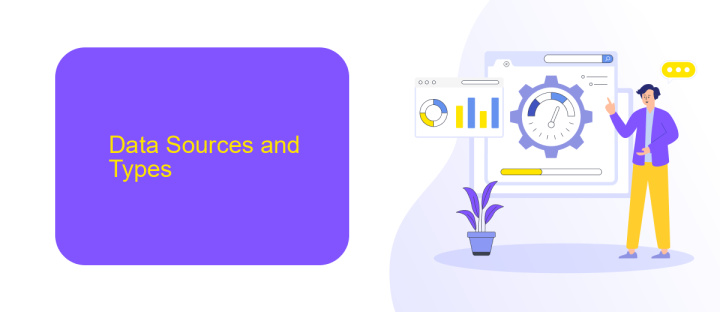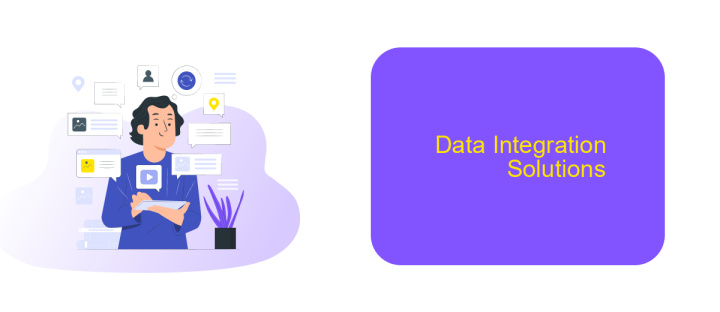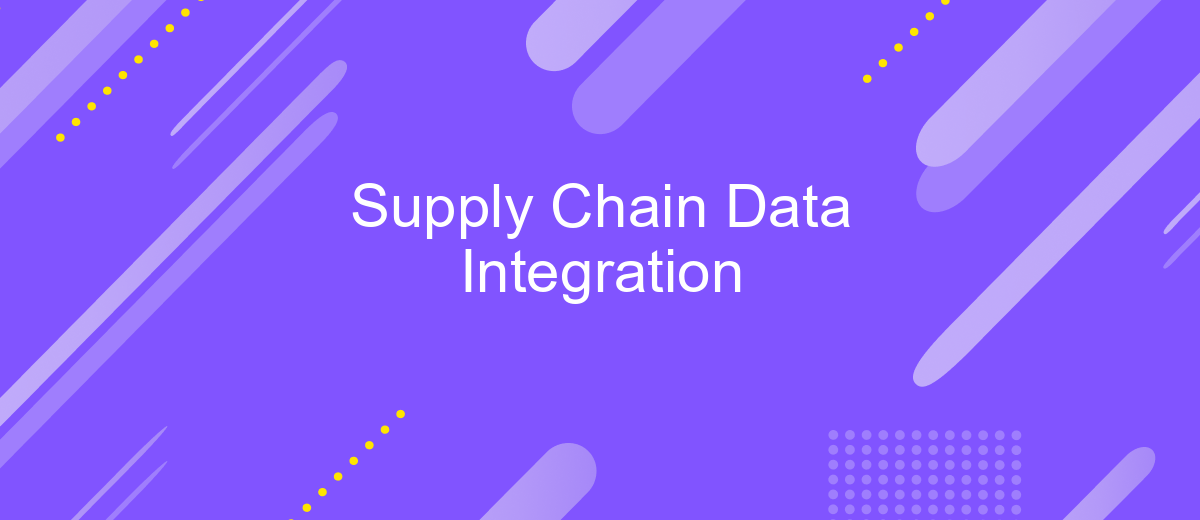Supply Chain Data Integration
Supply chain data integration is crucial for modern businesses aiming to enhance efficiency and transparency across their operations. By seamlessly connecting various data sources, companies can achieve real-time visibility, streamline processes, and make informed decisions. This article explores the importance of integrating supply chain data, the challenges involved, and the innovative solutions that can drive significant improvements in performance and customer satisfaction.
Introduction
Supply Chain Data Integration is a critical component in the modern business environment, enabling seamless information flow between different stakeholders. Effective integration can lead to increased efficiency, reduced costs, and improved decision-making processes. Companies that successfully integrate their supply chain data can respond more quickly to market changes and customer demands.
- Enhanced visibility and transparency
- Improved collaboration among partners
- Real-time data access and analytics
- Reduced operational costs
- Increased agility and responsiveness
To achieve these benefits, businesses often rely on integration platforms like ApiX-Drive, which simplifies the process of connecting various systems and automating data workflows. ApiX-Drive offers a user-friendly interface and robust features that support a wide range of integrations, making it easier for companies to manage their supply chain data effectively. By leveraging such tools, organizations can ensure that their supply chain operations are both efficient and resilient.
Data Sources and Types

Supply chain data integration relies on various data sources and types to ensure seamless operations and informed decision-making. Key data sources include enterprise resource planning (ERP) systems, warehouse management systems (WMS), transportation management systems (TMS), and customer relationship management (CRM) systems. These systems capture and store critical data such as inventory levels, order statuses, shipment tracking, and customer information. Additionally, external data sources like supplier databases, market trends, and weather forecasts play a pivotal role in enhancing supply chain visibility and risk management.
The types of data involved in supply chain integration are diverse, encompassing structured data such as transaction records, inventory counts, and shipment details, as well as unstructured data like emails, social media feedback, and sensor data from IoT devices. Effective integration of these data sources and types often requires robust middleware and integration platforms. Services like ApiX-Drive facilitate this process by offering automated data synchronization and real-time updates, ensuring that all systems within the supply chain ecosystem communicate seamlessly and accurately. This integration is crucial for optimizing operations, reducing costs, and improving overall supply chain efficiency.
Data Integration Challenges

Integrating data within a supply chain can be a complex and challenging process. Various systems and platforms must communicate seamlessly to ensure efficient data flow and accuracy. One of the primary challenges is data inconsistency, which can arise from disparate data formats and standards across different systems.
- Data Inconsistency: Different systems may use varying data formats, leading to mismatched or incompatible data.
- Data Security: Ensuring the security of sensitive information during integration is critical but challenging.
- Scalability: As businesses grow, their data integration solutions must be able to scale accordingly.
- Real-time Data Access: Achieving real-time data synchronization across multiple platforms is often difficult.
- High Costs: Implementing and maintaining data integration solutions can be costly.
To address these challenges, businesses can leverage integration platforms like ApiX-Drive, which simplify the process by providing pre-built connectors and automation tools. ApiX-Drive enables seamless data flow between various systems, ensuring data consistency, security, and real-time access, ultimately enhancing the efficiency of supply chain operations.
Data Integration Solutions

Effective data integration is crucial for optimizing supply chain operations. By seamlessly connecting various systems and data sources, businesses can achieve real-time visibility and improved decision-making. This integration ensures that all stakeholders have access to accurate and timely information, reducing delays and enhancing overall efficiency.
One of the most effective solutions for data integration is the use of specialized platforms and tools. These solutions facilitate the smooth flow of information between different systems, such as ERP, CRM, and warehouse management systems. They also help in automating data exchange, minimizing manual intervention and errors.
- Enhanced data accuracy and consistency
- Real-time data access and visibility
- Reduced operational costs and inefficiencies
- Improved collaboration across the supply chain
ApiX-Drive is an excellent example of a service that simplifies data integration. It allows businesses to connect various applications and automate workflows without requiring extensive technical expertise. By leveraging such tools, companies can ensure that their supply chain data is seamlessly integrated, ultimately leading to more efficient and responsive operations.
- Automate the work of an online store or landing
- Empower through integration
- Don't spend money on programmers and integrators
- Save time by automating routine tasks
Benefits and Best Practices
Integrating supply chain data offers numerous benefits, including enhanced visibility, improved efficiency, and better decision-making. By centralizing data from various sources, companies can gain a comprehensive view of their supply chain operations, enabling them to identify bottlenecks and optimize processes. This integration also facilitates real-time tracking and monitoring, which helps in anticipating and mitigating potential disruptions. Furthermore, streamlined data flow between suppliers, manufacturers, and distributors leads to faster response times and reduced operational costs.
To achieve successful supply chain data integration, it is essential to follow best practices. First, ensure that all stakeholders are aligned and understand the goals of the integration. Utilize reliable integration platforms like ApiX-Drive, which simplifies the process by connecting various systems and automating data transfer. Regularly update and maintain the integrated systems to adapt to changing business needs and technological advancements. Lastly, prioritize data security and compliance to protect sensitive information and maintain trust with partners and customers.
FAQ
What is Supply Chain Data Integration?
Why is Supply Chain Data Integration important?
What are the common challenges in Supply Chain Data Integration?
How can automation help in Supply Chain Data Integration?
What should I consider when choosing a Supply Chain Data Integration tool?
Apix-Drive is a universal tool that will quickly streamline any workflow, freeing you from routine and possible financial losses. Try ApiX-Drive in action and see how useful it is for you personally. In the meantime, when you are setting up connections between systems, think about where you are investing your free time, because now you will have much more of it.


